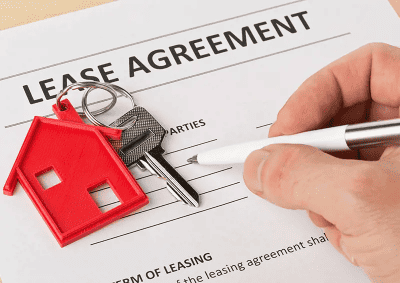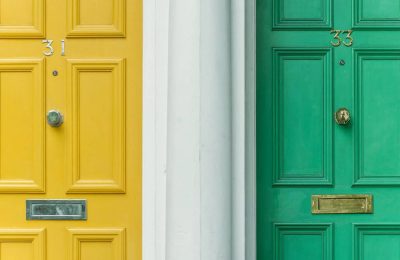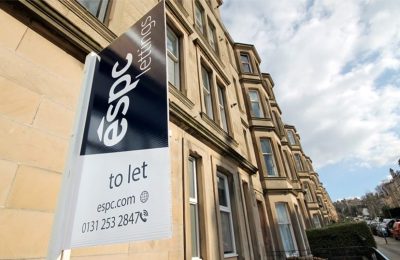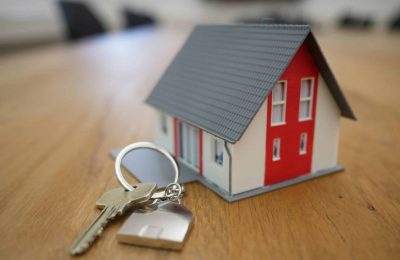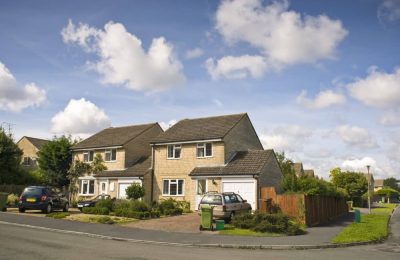Buying a property is a serious financial commitment, even more so if you’re purchasing a high-end home where there can be more at stake when you rent it out. A high-end property can be classified as a home valued over £500,000.
If you’re planning on purchasing a high-value home to let, here are some key things to be aware of before you start your property journey.
Spend on a survey
A survey is a very worthwhile expense when buying a high-end home. A surveyor will give you an idea of what you are taking on (especially if it is one of Edinburgh’s many period properties). They will advise on things like structure or damp, and assess any underlying issues with the property.
Ask the experts
Once you have found a high-end home you want to buy, getting a mortgage may not be as straightforward compared to buying a property of average value so make sure you speak to a mortgage adviser about your options.
If you are purchasing a buy-to-let property, keep in mind that you will require a buy-to-let mortgage as opposed to a residential one because residential mortgages are designed purely for tenants of the property. It is also worth noting that buy-to-let mortgages usually require a larger deposit as they generally only lend 75%.
Think about your tenants
The first thing you should do is think about who will live in your high-end home. Tenants will sometimes be older or bring family with them so they will expect high standards of service, which is why high-end property management differs greatly from standard property management.
Make sure the property is in immaculate condition with all furniture, fittings and appliances clean and in working order.
Tenants are also more likely to live in the property for a long time so make sure you invest in quality furniture and fixtures that will stand the test of time.
What areas have high-end homes?
Edinburgh is full of high-value properties. The EH3, EH4, EH9 and EH10 postcodes are particularly popular and include areas such as Cammo, Dean Village, Morningside, Marchmont, New Town, Stockbridge, Merchiston, Newington, Fairmilehead and the West End.
What about listed buildings?
Historic Environment Scotland (HES) is responsible for looking after Scotland’s 47,000 listed buildings. These properties consist of Category A buildings which contain special historic interest, are of national or international importance or are examples of housing from a specific time period; Category B buildings are regionally important, and Category C is local importance.
If you’re buying a listed home, there are a few factors to be aware of. You will need to obtain permission to do any works to the property, and each local council will have different views on what renovations are and are not acceptable. You must also inform them of any major works including extensions and changes to the internal layout, as well as minor changes like cleaning stonework or repainting a door or window frame.
Keep in mind that your property will be noted on a national register of listed properties, searchable on the HES website. You may also require specialist insurance to protect your listed property.



